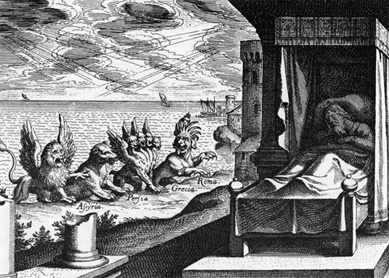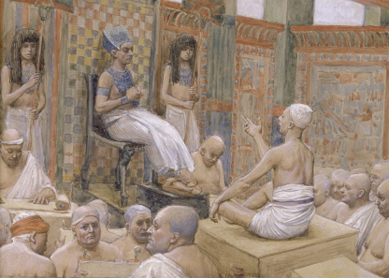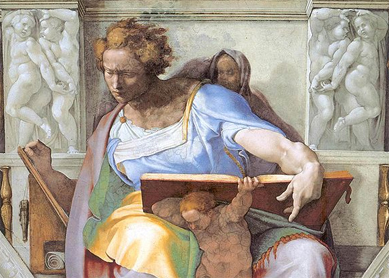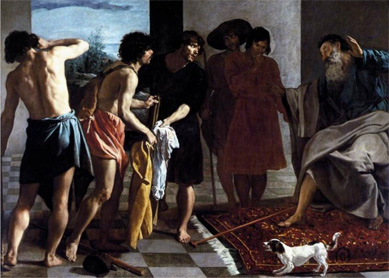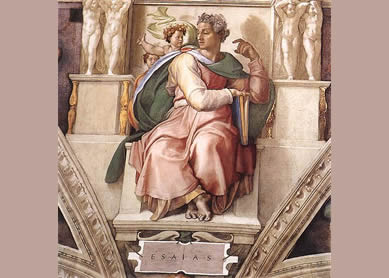Dreams and visions in the ancient Near East offered insights into everyday realities or provided opportunities to transcend them by connecting the earthly and otherworldly, the lived present and the unknown future. They predicted events, personal and cosmic, as in Abraham’s vision in the night (Gen 17), the prophet Micaiah’s prebattle vision (1Kgs 22), and Daniel’s dream vision of the four beasts (Dan 7). They mark critical transitions in the lives of holy people, such as the initiation of the prophets Ezekiel (Ezek 1-3) and Isaiah (Isa 6), and they serve as warnings or directives, as in the dreams of Pharaoh (Gen 41) and Abimelech (Gen 20:3-7) or the visions of Amos (Amos 7:7-9, Amos 8:1-3) and Jeremiah (Jer 1:11-19, Jer 24).
Many visionary experiences were understood by their hearers, and by Israelites more broadly, as divine revelations. Yet not all dreams and visions, even if they derived from God, were understood to be true—God could lead as well as mislead, according to the biblical perception. For example, Micaiah learns that God himself is going to send a lying spirit to the prophets in order to achieve the death of King Ahab (1Kgs 22:20-23). Some biblical texts recognize that those who dream may misinterpret their dreams or even make them up (Deut 13:5); perhaps this is why some biblical texts express a marked preference for direct word oracles (Num 12:6-8).
Many prophetic texts intermingle the auditory and the visionary: the prophet sees a vision and information is verbally revealed within it. These visions use a variety of commonly recognized motifs, such as dining with the deity, the presence of smoke and seraphs, and the deity enthroned. Some dreams and visions described in the Hebrew Bible, like those of Pharaoh, Amos, Jeremiah, Zechariah, and Daniel, communicate via symbols that must be interpreted to be understood; others, like the one attributed to Isaiah, are more direct in their message.
Isa 6 is an example of a visionary visit to God’s realm—complete with the expected motifs. In the simplest version of this pattern, Moses, Nadab, Abihu, and the elders of Israel eat and drink in the presence of the deity, whose feet rest on a luminescent, lapis lazuli–like pavement (Exod 24:9-11). In 1Kgs 22:19-23, Micaiah reports seeing the deity surrounded by his courtiers, “the host of heaven,” to his right and left, and he hears them plan the death of Ahab. Isaiah’s report of his visionary experience (Isa 6) is similar, though it provides a more majestic image of the deity enthroned. God’s robe fills the heavenly temple, the seraphs arrayed to his right and left attend him with song, the thresholds shake, and the house fills with smoke, as in the powerful revelation scene at Sinai (Exod 19). Isaiah describes his emotional response and a purifying ritual involving hot coals that transforms him into a messenger of God, a mission for which he volunteers. The oracle he is to deliver is heard in this heavenly setting, conveyed in a visionary experience.
Even more baroque are the visions of Ezekiel and Daniel. The former provides a template for later Jewish mysticism, and the latter, with its complex symbolism and messages about the blessed few, exemplifies apocalyptic literature.
